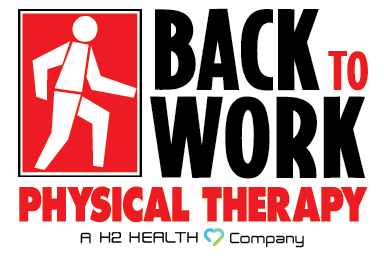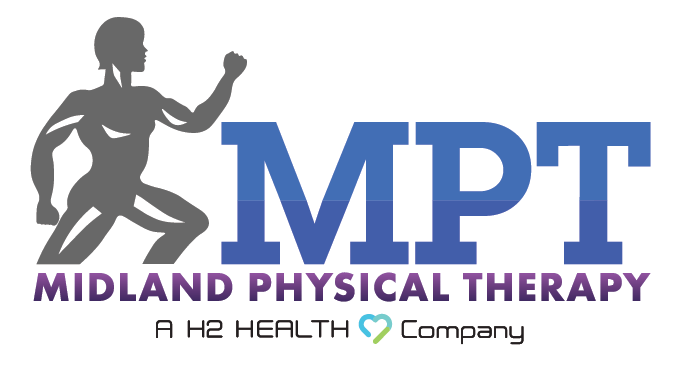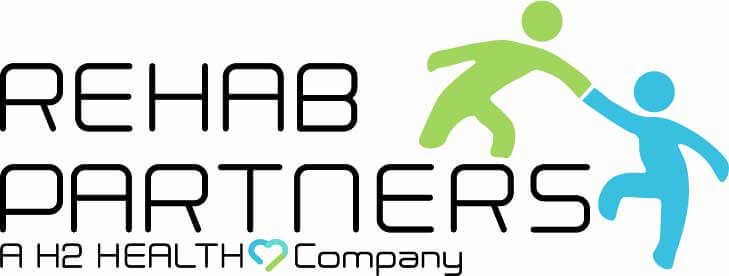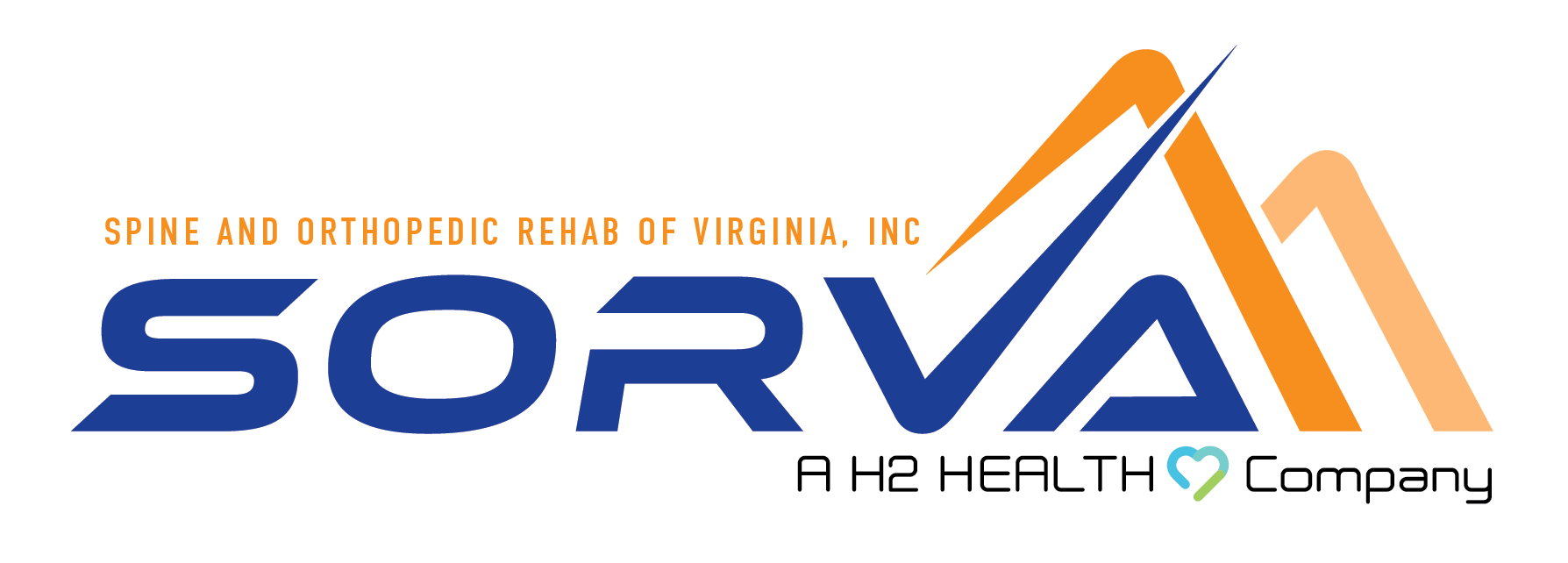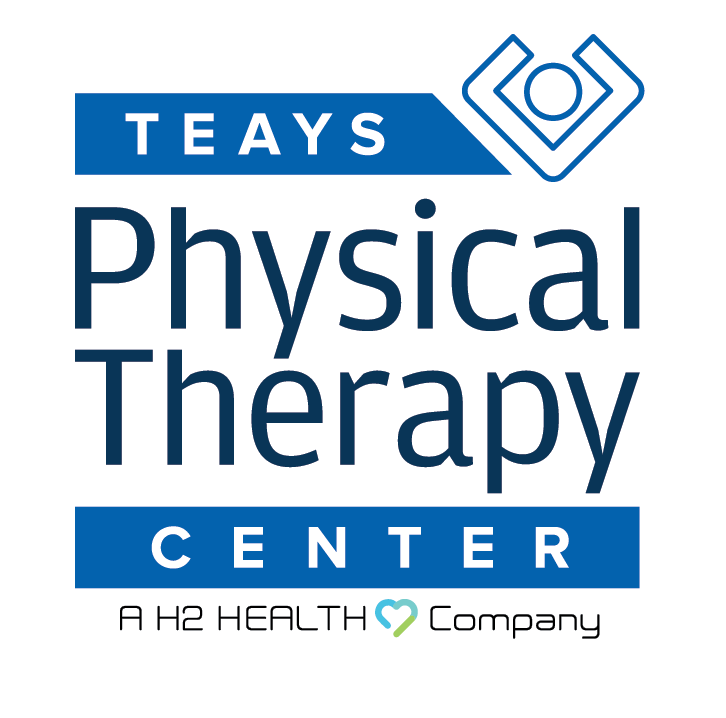McKenzie Method

The McKenzie Method of Mechanical Diagnosis and Therapy (MDT) is a globally recognized approach to physical therapy that focuses on assessing and treating musculoskeletal conditions through movement-based strategies. This evidence-based method empowers patients to take an active role in their recovery by identifying specific exercises that reduce pain and restore function. The McKenzie Method is particularly effective for spinal conditions, including herniated discs, sciatica, and chronic back or neck pain, as well as joint issues in the shoulders, hips, and knees. By emphasizing self-treatment and long-term prevention, this approach helps patients achieve lasting relief and improved mobility.
Not all locations have therapists certified in the McKenzie Method. Please call your preferred clinic to confirm this service is provided. You can view a complete list of locations here.
What is the McKenzie Method?
The McKenzie Method of Mechanical Diagnosis and Therapy (MDT) is a highly effective, evidence-based approach to assessing and treating musculoskeletal conditions. Developed by physiotherapist Robin McKenzie, this method helps patients manage and eliminate pain by identifying specific movements that promote healing and prevent future issues. Unlike passive treatments, the McKenzie Method emphasizes active patient involvement, empowering individuals to take control of their recovery.
What Conditions Can the McKenzie Method in Physical Therapy Treat?
MDT is widely used to address pain and dysfunction in various areas of the body, including:
- Spine (Neck and Back): Effective for conditions such as herniated discs, sciatica, degenerative disc disease, and general back or neck pain. Many patients experience significant relief through targeted movements that reduce pain and improve spinal mobility.
- Extremities (Shoulders, Hips, Knees, and More): The McKenzie Method is also beneficial for joint problems, including rotator cuff injuries, hip impingement, knee arthritis, and tendonitis. By identifying movement patterns that alleviate discomfort, this method helps restore function and prevent recurring pain.
What to Expect During a McKenzie Method Evaluation
A physical therapy session using the McKenzie Method begins with a comprehensive mechanical assessment to determine how different movements and postures affect the patient's symptoms. The evaluation process includes:
- Patient Interview: The therapist will discuss your symptoms, medical history, and how different activities impact your pain.
- Movement Testing: You’ll be guided through specific movements and positions to assess how your symptoms respond. The goal is to identify motion patterns that alleviate or worsen your pain.
- Diagnosis and Treatment Plan: Based on your responses, your therapist will develop a personalized exercise program that encourages natural healing and symptom reduction.
- Patient Education and Self-Treatment: A key component of the McKenzie Method is teaching patients how to manage their pain through prescribed exercises and postural adjustments, reducing dependency on passive treatments like medication or frequent clinical visits.
Why Choose the McKenzie Method?
- Quick and Effective Relief: Many patients experience improvement within just a few sessions.
- Prevents Future Issues: By learning the right movements for your body, you can minimize the risk of recurring pain.
- Reduces the Need for Medication or Surgery: Many people avoid invasive procedures by using this method to manage their condition naturally.
- Empowers Patients: You’ll gain lifelong tools to help you stay pain-free and active.
If you're struggling with persistent pain or mobility issues, the McKenzie Method may be the solution you’ve been looking for. Contact us today to schedule an evaluation and start your journey toward lasting relief!










